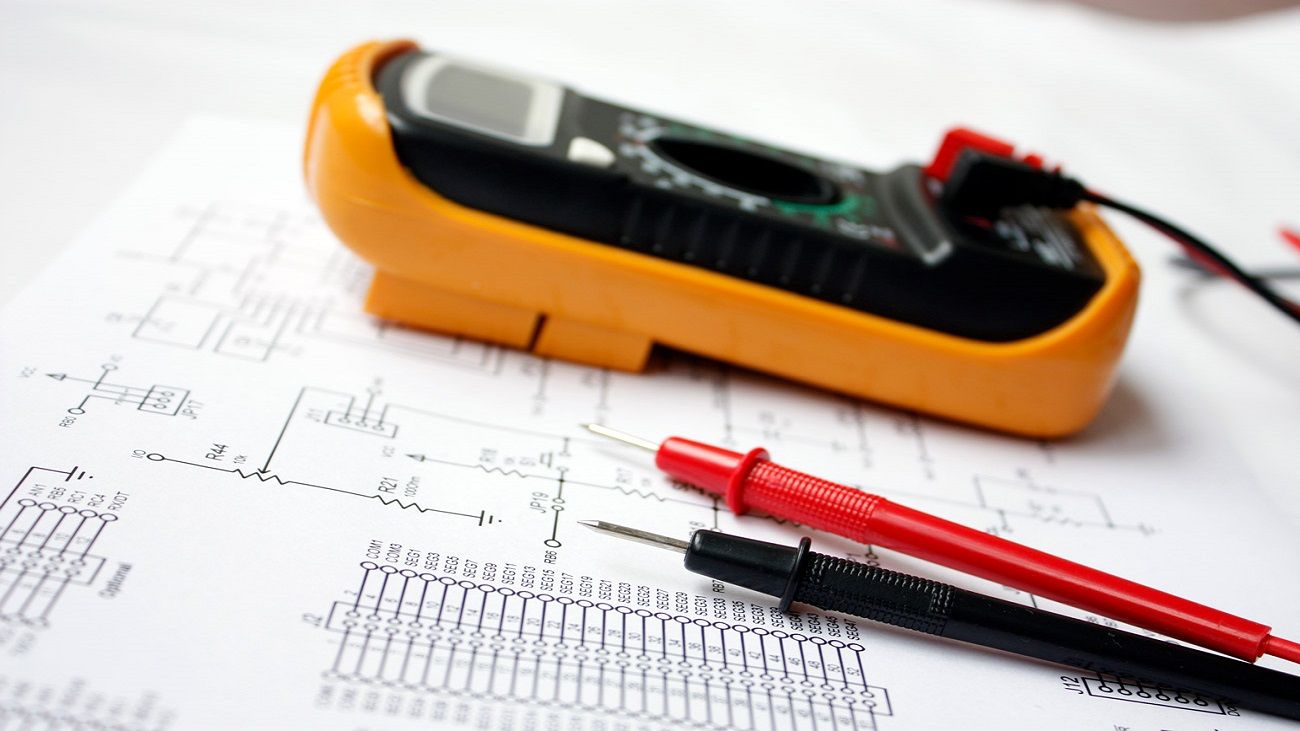
Portable appliance testing: HSE dispels the myths
There are many common myths about portable appliance testing (PAT). Here the HSE presents the key facts about the inspection and testing of portable electrical equipment.
What is portable appliance testing?
Portable appliance testing (PAT) is the term used to describe the examination of electrical appliances and equipment to ensure they are safe to use. Most electrical safety defects can be found by visual examination but some types of defect can only be found by testing. However, it is essential to understand that visual examination is an essential part of the process because some types of electrical safety defect can't be detected by testing alone.
I’ve been told that, by law, I must have my portable appliances tested every year. Is that true?
The Electricity at Work Regulations 1989 require that any electrical equipment that has the potential to cause injury is maintained in a safe condition. However, the Regulations do not specify what needs to be done, by whom or how frequently.
How frequently do I need to test my electrical appliances?
The frequency of inspection and testing depends upon the type of equipment and the environment it is used in. For example, a power tool used on a construction site should be examined more frequently than a lamp in a hotel bedroom.
Do I need to keep records of testing and should I label any appliances tested?
There is no legal requirement to label equipment that has been inspected or tested, nor is there a requirement to keep records of these activities. However, a record and/or labelling can be a useful management tool.
Do I need to test new equipment?
New equipment should be supplied in a safe condition and not require a formal portable appliance inspection or test. However, a simple visual check is recommended to verify the item is not damaged.
I’ve been told that I need to get a trained electrician to do portable appliance testing work. Is that true?
The person doing testing work needs to competent to do it. In many low-risk environments, a sensible (competent) member of staff can undertake visual inspections if they have enough knowledge and training. However, when undertaking combined inspection and testing, a greater level of knowledge and experience is needed, and the person will need:
- the right equipment to do the tests;
- the ability to use this test equipment properly; and
- the ability to properly understand the test results.
Further details and example case studies are available here.






